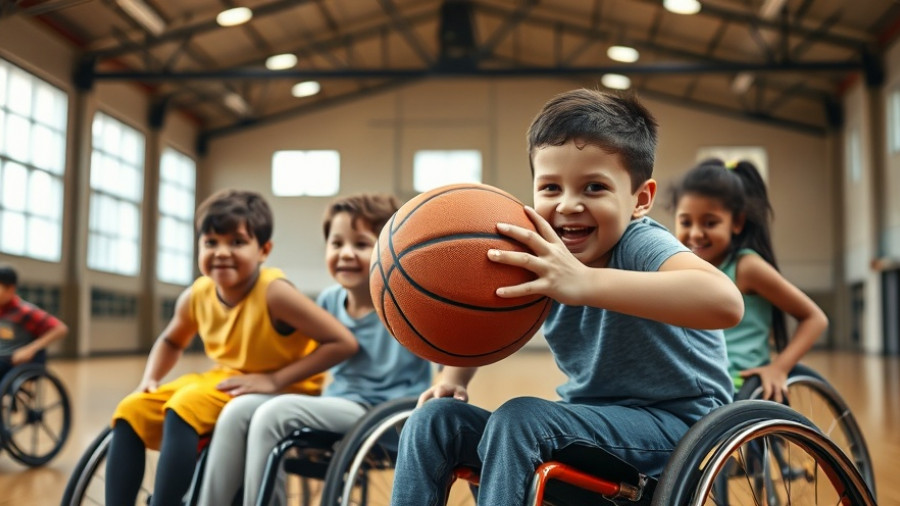
Introduction
Recent research indicates a significant disparity in sports participation between children with and without disabilities in the Netherlands. A study conducted by the Mulier Institute and RIVM revealed that children without disabilities are more likely to participate in sports and outdoor activities than their counterparts with disabilities. The findings emphasize the challenges faced by children with disabilities in accessing sports and recreational opportunities, addressing a critical aspect of child development and social inclusion.
Details of the Study
The study surveyed parents of children aged 4 to 17, revealing that only 66% of those with disabilities exercised weekly, compared to 79% of those without. Among children aged 8 to 12, participation in sports clubs was even less, with 61% of children with disabilities involved, opposed to 81% for those without. Parents reported that many children with disabilities experience significant barriers that limit their participation in sports, ranging from physical limitations to challenges in social interaction.
The Emotional and Social Impact of Sports Participation
Participating in sports not only helps improve physical health but also fosters social connections and emotional well-being. An alarming statistic from the study indicated that two in five non-sporting children with disabilities expressed a desire to participate. However, many cited barriers such as accessibility, support from peers or adults, and the overwhelming nature of competitive environments. By failing to bridge this gap, we enhance feelings of isolation among these children, which can have lasting implications for their mental health.
Challenges and Barriers
The barriers identified in the study align with findings from other research, including the Sports Participation Index by NOC*NSF. This report highlights that a significant percentage of individuals with moderate to severe disabilities do not engage in organized sports, largely due to socio-economic factors such as the costs associated with memberships and transportation. Additionally, many feel a lack of encouragement from their social circles, which further compounds their challenges in participating.
Creative and Artistic Activities: A Slightly Different Narrative
Interestingly, participation in creative and artistic activities showed less disparity between children with and without disabilities. The differences in involvement were minimal, with only a slight variation noted in report by parents concerning access. This suggests that while sports participation is significantly hindered by various factors, children with disabilities might find more opportunities in less physically demanding or competitive activities, providing a potential avenue for engagement.
Future Directions and Recommendations
Moving forward, it’s essential to create a supportive environment that encourages all children to engage in physical activities. The research underlines the necessity for monitoring and support structures tailored for children with disabilities. Programs need to focus on inclusive practices that foster participation, lowering the barriers posed by costs, accessibility, and social stigma. Institutions and communities should work collaboratively to develop resources that allow families to engage their children in sports from an early age, enhancing their quality of life.
Conclusions: Encouraging Inclusive Sports Participation
The insights from this research are crucial as we strive for a world where all children, regardless of their abilities, can enjoy the physical, emotional, and social benefits of participating in sports. It is imperative that parents, educators, and policymakers prioritize inclusivity in sports and recreational programming, ultimately leading to healthier, happier, and more socially integrated environments for all children.
To ensure a brighter future for children with disabilities, advocates and stakeholders must come together to address the disparities affecting these children. Engaging local organizations, sports clubs, and healthcare providers can lead to a more comprehensive approach to accessibility. By fostering a culture that values participation across all levels of ability, we can inspire a new generation that thrives regardless of their challenges.
 Rij toevoegen
Rij toevoegen






Write A Comment